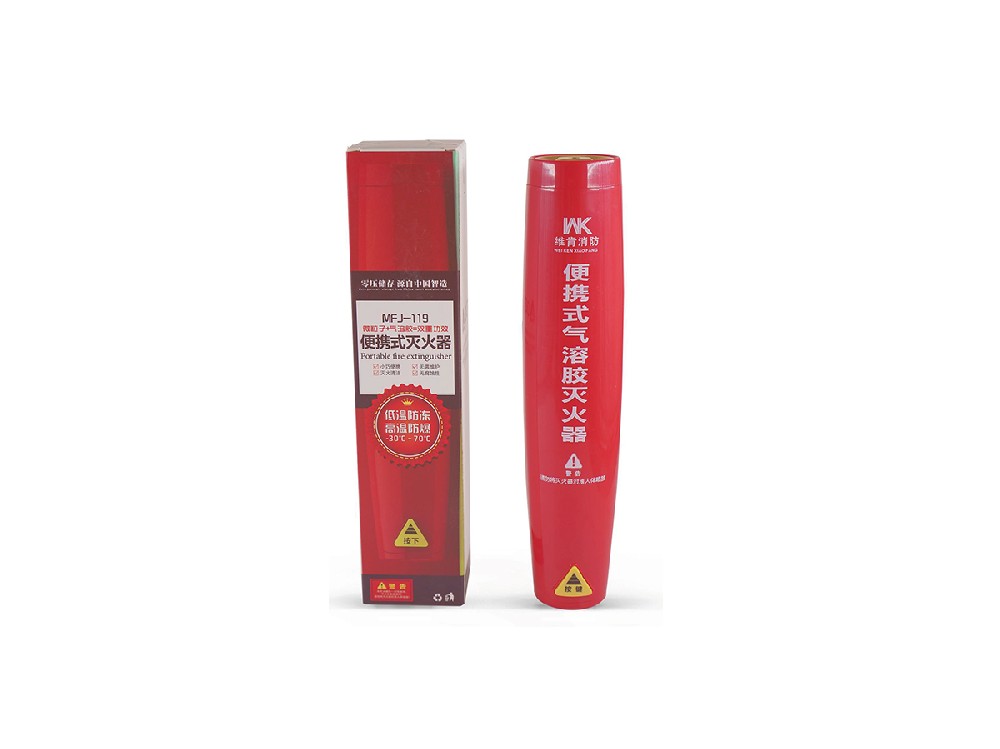

-
About Us
- ꀶ Our story
- ꁘ Contact Us
-
Products
- Gas fire extinguishing device series
- Aerosol fire extinguishing device
- High pressure water spray extinguisher
- Superfine dry powder extinguisher
- Foam fire extinguishing agent
- Water fire extinguishing agent
- Water-based fire extinguishers
- Civil building fire ventilation fan
- Factory workshop ventilation/fire valve
- Fire smoke exhaust system &valve
-
Support
- ꀳ Warranty
- ꄆ Download
- Technology
-
Cases
-
FAQ


-
About Us
- ꀶ Our story
- ꁘ Contact Us
-
Products
- Gas fire extinguishing device series
- Aerosol fire extinguishing device
- High pressure water spray extinguisher
- Superfine dry powder extinguisher
- Foam fire extinguishing agent
- Water fire extinguishing agent
- Water-based fire extinguishers
- Civil building fire ventilation fan
- Factory workshop ventilation/fire valve
- Fire smoke exhaust system &valve
-
Support
- ꀳ Warranty
- ꄆ Download
- Technology
-
Cases
-
FAQ
The Necessity of Keeping a Fire Extinguisher in Your Car
Mandatory Safety Regulations in Some Regions
In several countries and regions, traffic laws explicitly require vehicles to be equipped with fire extinguishers and other essential safety equipment. This regulation ensures basic road safety and helps drivers deal with potential fire hazards effectively.
Mechanical Failures Leading to Fires
During vehicle operation, fires may be caused by engine failures, electrical system short circuits, fuel leaks, and other mechanical issues. For instance, aging and worn-out wires in the engine compartment can lead to short circuits, producing sparks that may ignite nearby flammable materials. A portable aerosol fire extinguisher can be crucial in extinguishing the flames in the early stages, preventing the fire from spreading and causing severe damage.

External Factors That Can Cause Car Fires
Aside from internal vehicle issues, external factors can also lead to car fires. For example, in extreme summer heat, prolonged exposure to the sun can cause flammable materials inside the car to catch fire. Similarly, car accidents may lead to fuel leaks, increasing the risk of ignition. Having a portable aerosol fire extinguisher on hand allows immediate fire suppression, ensuring the safety of passengers and protecting valuable assets.
Early Fire Suppression to Minimize Damage
If a vehicle is equipped with an effective portable aerosol fire extinguisher, drivers and passengers can quickly take action during the initial phase of a fire. This rapid response can control the flames before they escalate, potentially preventing the complete destruction of the vehicle. More importantly, it ensures the safety of occupants and buys time for emergency responders to arrive.
Ensuring Personal and Property Safety
Once a car catches fire, flames can spread rapidly, posing a serious threat to the lives of passengers. A portable aerosol fire extinguisher provides a vital tool for immediate action, allowing individuals to contain the fire, secure an escape route, and reduce the risk of injuries or fatalities. For example, if a car fire occurs on a highway, where emergency response may be delayed due to complex traffic conditions, an onboard fire extinguisher becomes essential for survival.
Reducing Financial Loss
A vehicle represents a significant financial investment, and fire damage can lead to extensive losses. If a fire is not controlled promptly, the car may be entirely destroyed. Additionally, valuable items such as personal belongings and important documents inside the car can also be lost. Equipping your vehicle with a portable aerosol fire extinguisher helps safeguard these assets, mitigating potential financial damage.
Helping Others and Demonstrating Social Responsibility
Having a portable aerosol fire extinguisher in your car not only protects you but also enables you to assist others in emergencies. If you encounter another vehicle on fire, you can use your extinguisher to help control the situation and potentially save lives. This proactive approach to road safety reflects a sense of responsibility and care for others on the road.
Conclusion
Keeping a portable aerosol fire extinguisher in your car is a small yet crucial step toward ensuring safety. It helps comply with legal requirements, addresses potential fire hazards, protects passengers, and minimizes financial losses. More importantly, it allows drivers to take immediate action in emergencies, contributing to a safer driving environment for everyone.
Media
-
ꁇGas fire extinguishing device series
-
Single cabinet HFC-227ea extinguishers
-
Double cabinets HFC-227ea extinguishers
-
Pipe network HFC-227ea gas extinguishers
-
External stored pressure HFC-227ea gas
-
Suspended type HFC-227ea gas
-
IG 541 gas fire extinguishing equipment
-
QME 70 carbon dioxide fire extinguisher
-
IG 100 gas fire extinguishing equipment
-
Fire detection tube (Direct type)
-
Fire detection tube (Indirect type)
-
Perfluoroacetone(1230)fire extinguishing
-
Low pressure CO2 fire extinguisher
-
-
ꁇAerosol fire extinguishing device
-
High pressure water spray extinguishing
-
ꁇSuperfine dry powder extinguishing agent
-
ꁇFoam fire extinguishing agent
-
ꁇWater fire extinguishing agent
-
ꁇWater-based fire extinguishers
-
ꁇCivil building fire ventilation fan
-
Cabinet centrifugal fan
-
Backward inclined centrifugal fan box
-
Non volute cabinet centrifugal fan
-
HTF Axial flow fire exhaust fan
-
Mixed flow positive pressure blower
-
PYHL-14A Axial flow fire exhaust fan
-
GXF series inclined mixed positive fan
-
YDF Induction fan
-
DAF Axial flow fire exhaust fan
-
DCF Centrifugal fire exhaust fan
-
FZ fan protective cover
-
SDS Tunnel fan
-
GDF type pipeline centrifugal fan
-
Clean mute blower
-
Silent fan series
-
BLP overhead room ventilator
-
BLD ceiling duct ventilator
-
-
ꁇFactory workshop ventilation/fire valve
-
ꁇFire smoke exhaust system &valve
